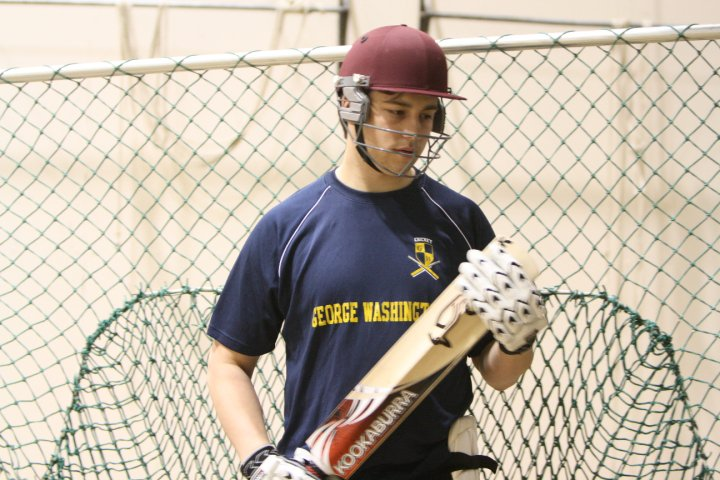Fitness – for Batting
by Jason Nelson CFT,CPT
All batsmen would definitely benefit from having a training protocol designed and tailored to their specific styles.
As a batsman the development of proper hand –eye –foot co ordination is crucial for every single stroke. For example during a forward defensive, synchronized movement of the bat and pad must occur to create that rock solid defense. Stroke play occurs in the saggital, frontal and transverse planes therefore our training program must meet the specific demand of this position.
A multidirectional, multiplanar approach at varying speeds with special emphasis being placed on the transverse plane would be the core of this program. For example, exercises such as the lounge with rotation, diagonal wood chop, and a cable lift not only strengthens the core but also mimics your pulling, driving and cutting shots and would have a much better transfer of training
Once an aerobic base is established most of the batsman’s cardiovascular conditioning would primarily consist of sprinting. With the cricket pitch being 22 yards or 20.12meters long distance running would not improve your speed between wickets.
Training for speed, focusing on stride rate and stride length would improve acceleration. Deceleration in all three planes of movement and eccentric stabilization are not to be overlooked and plays an important part in getting those quick twos and threes. Every run counts. The use of resisted running devices to develop speed, acceleration and explosiveness should also be implemented into your training program.
Remember that talent does not predict success or failure and that most skills can be learned and improved.
While total body strength and conditioning is important for performance enhancement we must not neglect proper arthrokinematics. Flexibility and mobility of the hips, wrist and shoulders is key in shot execution but not limited to shot selection.
With the core being defined as the lumbo-pelvic-hip complex, and the thoracic and cervical spine and, its strength, is important to with stand the prolonged flexed positioned required of your stance especially in the longer variations of the game. Core training will be comprehensively covered in another segment.
Power is also another component of strength that the batsman needs to address especially against slower speed bowlers; the spinners and medium pacers. Power can be built in your strength and conditioning program or treated as a separate training phase all together.
Whichever direction you chose remember that timing is crucial and that care must be taken to ensure that peak power development is achieved at the right time. In conclusion application of these general guidelines would improve your game and result in better batting averages.
Photo: Curt Sonnet -GWU Cricket Club Co-Founder




02 May 2010, 1:45 pm
Well said. Makes alot of sense…..
03 May 2010, 11:49 pm
[…] This post was mentioned on Twitter by College Cricket. College Cricket said: http://americancollegecricket.com/news/2010/04/fitness-for-batting/ http://bit.ly/d6k7JE […]